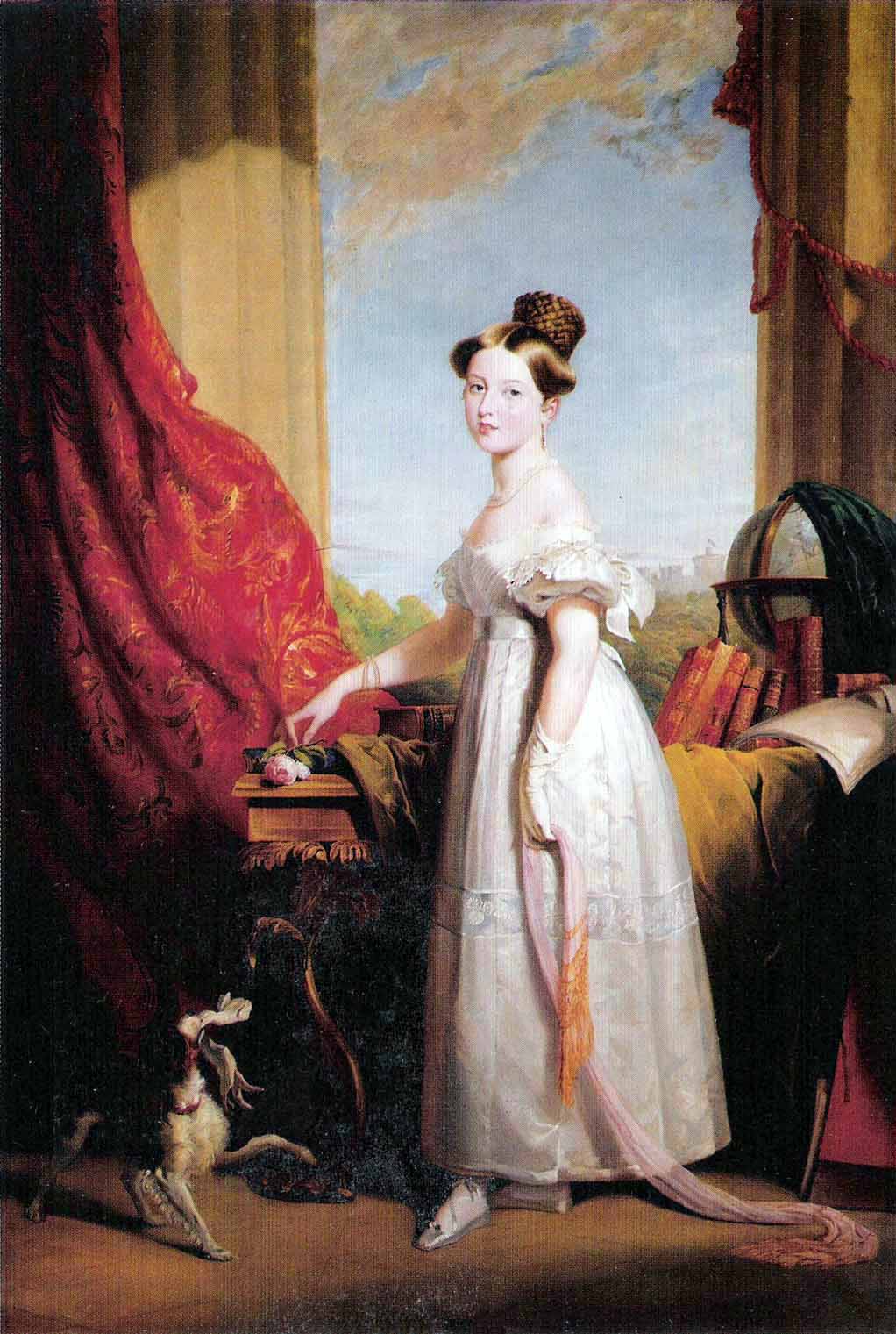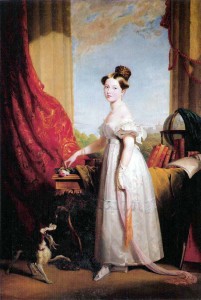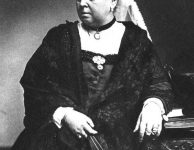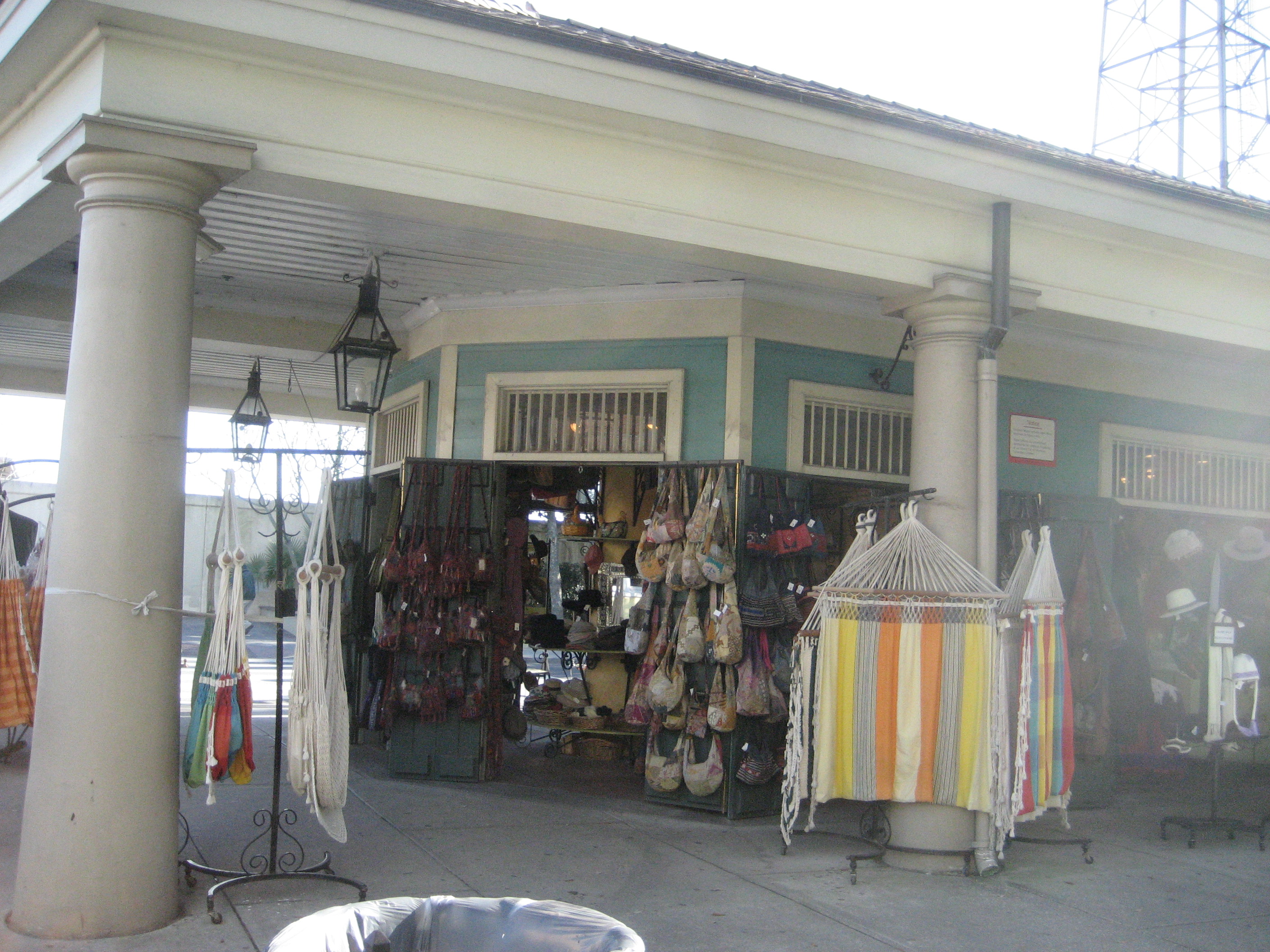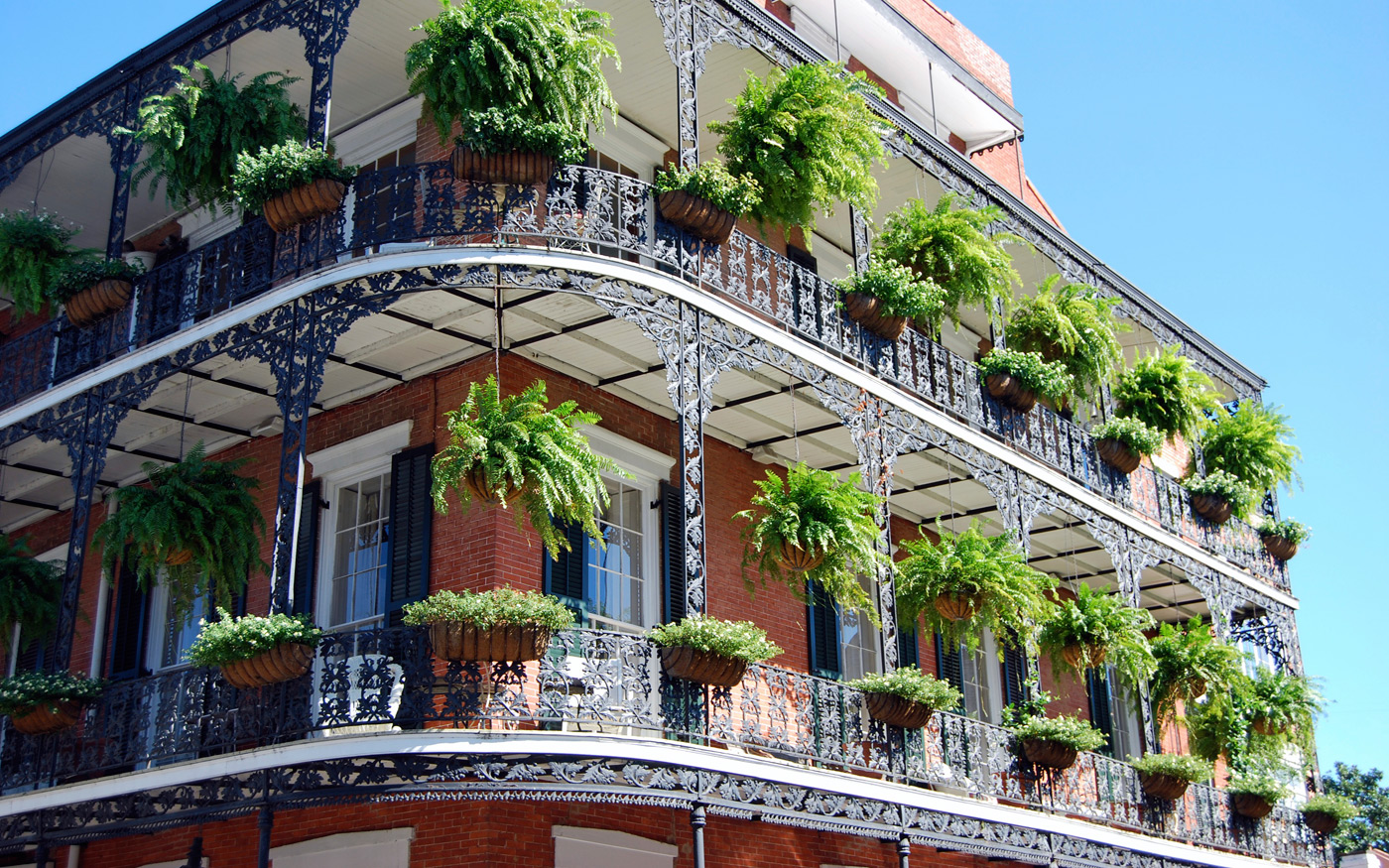Were the 1880s the Golden Age of the Dog?
Reader Charles Padgett asked what sort of pets Americans owned during Victorian times.
Short answer—birds, dogs and cats—in that order.
Settlers arrived in America with dogs, cats and a penchant for caging songbirds. The first two served useful purposes on the farm. Caged birds provided entertainment indoors.
By the second half of the 19th century, the growing middle class moved to the cities where their animals became pets. By definition, pets were allowed in the house, were individually named and were never eaten.
Companionship was enough reason to own one. But to Victorians, who always sought a way to instill family values, pets were thought to be useful in teaching children kindness and responsibility.
The most popular of Victorian pets was the singing bird. In the 1880s, cardinals, goldfinches or mockingbirds in a gilded cage graced many a formal parlor. Parrots and canaries were also fashionable. In our noise-filled world today, a bird’s soft song would not be noticed over the TV, video games and cell phones. But in the 1880s, with not even a radio in a home, a bird’s song offered pleasant tones.
In fact, birds were so important in the home that a trendy wedding gift in this era was an elaborate birdcage containing a mechanical bird that flapped its wings and sang.
Dogs took second place in the list, both small dogs ideal for a lady’s lap or large dogs bred for a gentleman’s hunting party.
Queen Victoria loved dogs. Her affinity for small dogs spread the fashion across her empire over which the sun never set. All the way to America. The queen’s particular favorite was a sable red Pomeranian named Marco. Charles Button Barber painted Marco in 1893 on the queen’s breakfast table, a place he was said to visit at will. The queen’s boundless enthusiasm for her dogs has led some writers to refer to the second half of the 19th century as the “Golden age of the dog.”
With no royalty, Americans took interest in the president’s pets. Rutherford B. Hayes (1877-1881) owned eight dogs and three cats. An English mastiff named Duke, a cocker spaniel named Dot and the first Siamese cats in the country: Siam and Miss Pussy, were favorites. James Garfield (1881) had a dog named Veto. Grover Cleveland (1885-1889) kept a Japanese poodle named Hector and several mockingbirds at the White House.
Cats ranked third in the hearts of Victorians. They allowed cats in the house, but still thought of these animals as workers whose job was to keep rodents out of the kitchen in either a humble cottage or a grand palace.
How times have changed. Today, cats top the list of American pets. According to the U.S. Pet Ownership & Demographics Sourcebook (2012), 74 million cats, 70 million dogs and 3 million birds reside in American homes.
Photo of painting of Princess Victoria of Kent (later Queen Victoria) in 1833 with her dog Dash, courtesy of commons.wikimedia.org
To see photos of Queen Victoria with her many dogs, visit: http://www.pinterest.com/carolynwagensel/queen-victoria/

